2024 PI Meeting Project Summaries
Thank you for visiting the 2024 NSF ITEST Principal Investigator Meeting Project Summaries. One page descriptions of projects have been added to this library for the meeting. For more information visit the online program for the meeting.
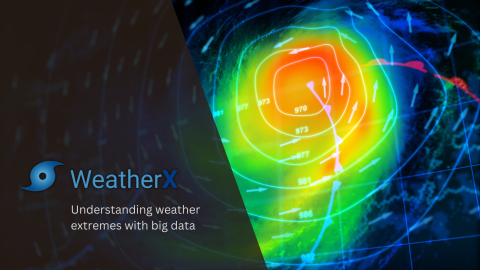
The WeatherX project developed and has been studying multi-week curriculum units for middle-school science classes to promote understanding of and interests in fundamental data practices and scientific data careers among students in low-income rural communities. Using WeatherX materials, students work with large-scale data to investigate typical and extreme weather in their local areas and on New Hampshire’s Mount Washington – a place nicknamed “The Home of the World’s Worst Weather.” The…
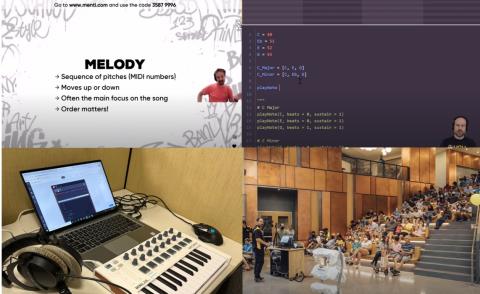
This Developing and Testing Innovations project leverages innovative technology, using professional-quality music software to teach computer science (CS) in a way that is culturally relevant to students under-represented in computing. This project seeks to leverage innovative music technology to facilitate learning of CS. It seeks to accomplish this through 4 inter-related goals and associated objectives: (1) use design-based research to design an instructional approach that highlights how…
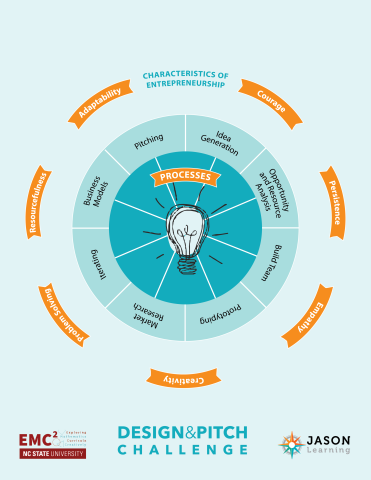
The D&P Challenges in STEM is a novel curricular form that combines features of project-based learning (PBL), design-based learning (DBL), and entrepreneurial-based learning (EBL) within entrepreneurial pitch competitions. Given the growing appeal of entrepreneurship and the often integral role of STEM in entrepreneurial innovation, situating STEM instruction within entrepreneurship could be an effective means for increasing students’ interest and engagement in STEM, while also supporting…
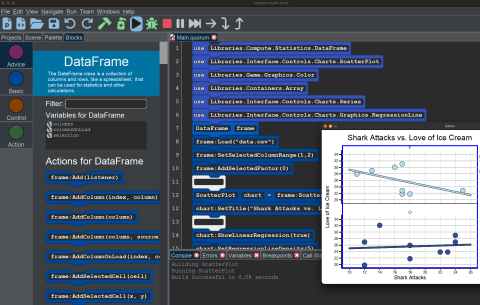
The overarching goal of our ITEST project is to create accessible data science tools and curriculum that are legally compliant with the Individuals with Disabilities Education Act (IDEA), Section 504 of the Rehabilitation Act of 1973, and to evaluate these materials with a diverse group of high-school aged student learners. We have created through this work a set of multi-modal data science technologies that were born accessible and have re-imagined what data science could become through first…
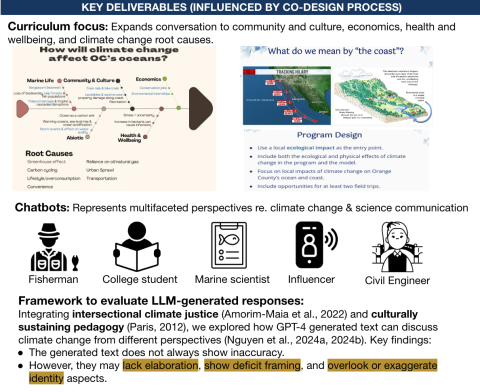
We are presenting on Year 1 of a three-year, NSF-funded project (2023-2026) entitled Agents for Inclusive Science Communication (AISciComm). The project involves a research-practice partnership between University of California-Irvine, Utah State University, and Orange County Department of Education. Our main goal is to support high school students (grades 9-12) in Title I schools in Orange County (OC), California to develop systems understanding that (1) reflects how climate change will impact…
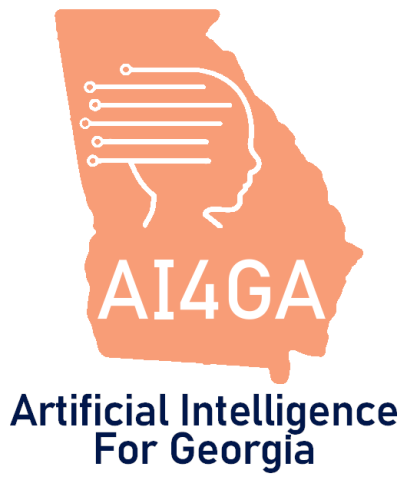
“Living and Working with Artificial Intelligence” is a 9-week elective course for Georgia middle school students co-designed by the investigators and a cohort of six teachers. We created the course and professional development materials to study student and teacher AI learning. For students, we are interested in the most effective ways to promote interest in AI and robotics among different demographic groups who are underrepresented in STEM: rural white students, urban black students, and…
Neuroscience for Neurodiverse Learners (NNL), provides hands-on experiences in neuroscience disciplines, networking opportunities, and resources to high school and early postsecondary students identified as neurodiverse learners—those with academic challenges related to conditions such as dyspraxia, dyslexia, attention deficit hyperactivity disorder, dyscalculia, autism spectrum disorder, and Tourette syndrome—and disseminates findings to teachers of courses that are related to neuroscience and…
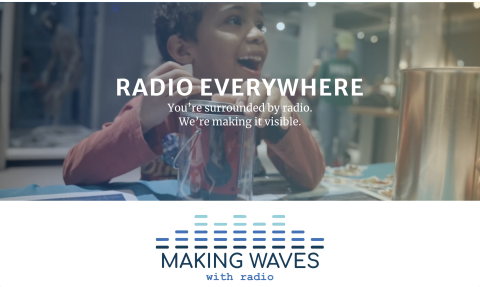
Wireless radio communications, such as Wi-Fi, transmit public and private data from one device to another, including cell phones, computers, medical equipment, satellites, space rockets, and air traffic control. Despite their critical role and prevalence, many people are unfamiliar with radio waves, how they are generated and interact with their surroundings, and why they are the basis of modern communication and navigation. Making Waves with Radio has created a series of hands-on activities…
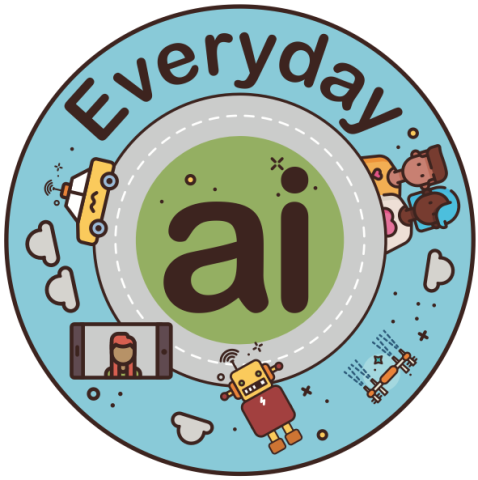
Everyday AI (EdAI) addresses the need to develop a diverse workforce with the knowledge and skills to work with AI and answers the call for widely-accessible and age-appropriate AI Literacy education. Broadening participation in AI is important in ensuring that AI technologies are founded on principles of inclusivity and equitability. MIT and Boston College prepared over 120 middle and high school teachers from districts across Florida, Illinois, New York, Virginia, and New Mexico who tengaged…
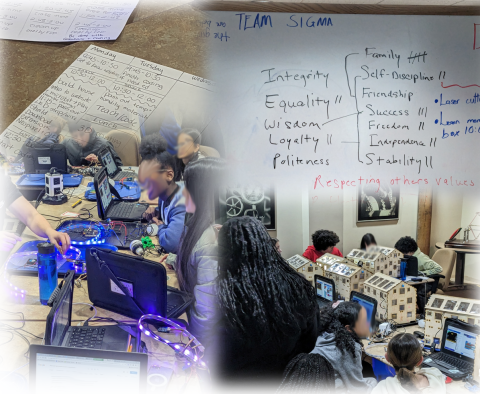
Central to our work is engaging high school as teachers, mentors, and role models who teach their younger peers in applying concepts and ideas from physics, plant science, engineering design, and coding to design and build a smart automated desktop-sized greenhouse. In the building of the greenhouse, youth use physical computing where they are learning how to connect coding to the physical world through microcontrollers by programing sensors to collect data and using that data to control…